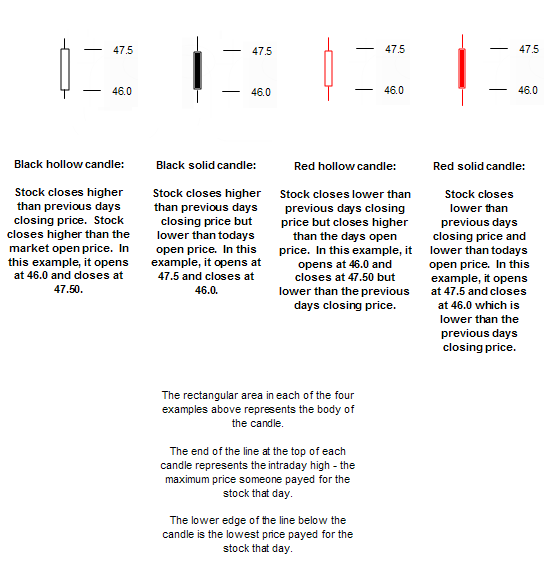What Type of Stock Trader Are You Stock Picks Day Trading
Post on: 16 Март, 2015 No Comment

What Type of Stock Trader Are You?
Trading stocks involves a lot of market analysis and even through every investor has access to the same historical data for a particular stock, there are a number of different systems they use to make decisions on which stock to purchase and when. Some of these decisions may be based on day trading stock picks and others on patterns the trader may be looking for in the constantly changing price of the stock. The combination of these factors helps these investors when day trading stocks and drives their buying and selling decisions.
Stock Day Trading
Buying and selling stocks can be a great way to accumulate a sizable portfolio if you invest with discipline and caution. There are typically two types of people that buy stocks who are either considered investors or traders. The difference between them is that an investor buys stock that they tend to hold for longer periods of time and profit from the growth of the company. A trader is more concerned with smaller movements in the price of a stock and will typically enter and exit a position more quickly to take their profit.
Traders that buy and sell a stock within the same trading day are called day traders. In years past this type of quick trading was difficult to do since it required access to a live feed to the markets to track the pricing of a particular stock and a broker that was willing and able to execute your trades immediately. With the advent of the internet, this access is now available to anyone with a fast connection and has enabled many people to start day trading stocks. Many of these traders rely on daily stock picks to help them choose their best investment options. These stock picks are typically based on larger analysis of the market and make investing easy for the average trader.
Stock Swing Trading
One of the more basic stock pattern analysis is based on the concept of stock Swing Trading and involves looking for patterns that repeat over time in the constantly changing price of the stock. Unlike day trading stock picks, this type of analysis will identify historical highs and lows for a stock price and help you set triggers for buying the stock low and selling high. The key for this type of investment strategy is to stick to these thresholds tightly and not let your emotions become involved in your trading decisions. These thresholds can be set using either fundamental analysis or technical analysis of the stocks performance and sometimes a combination of both.
The one main advantage with stock Swing Trading is that unlike other methods, your timing doesnt need to be perfect. This means that you never have to worry about identifying the exact top or bottom of a stocks swing and can still make a profit from the general movement of the stocks price in either direction. A lot of stocks day trading is done using this method as its easy to understand and can be a more conservative approach to trading than some of the other more exotic strategies.
Stock Position Trading
This approach to investing can benefit from Nasdaq / NYSE stock picks as well that are typically based on the historical price of a stock. A position trader is more concerned with movements over shorter timeframes than an investor is and will take their profit from the rise and fall of the stock price over a few weeks or months. This type of stock day trading is easy for most new investors to understand and allows them to apply some fundamental market rules to a stock and predict a buy and sell price for their investment.
This allows them to capture a quick profit from the movement of the stock and then either wait for the stock price to fall again and reinvest or find another asset. Some investors that are day trading stocks will develop favorite companies that exhibit certain volatility during specific times of the year that allows them to profit from the moves. This type of stock swing trading does have its risks but many investors feel that they can more quickly understand the process than with other types of strategies.














